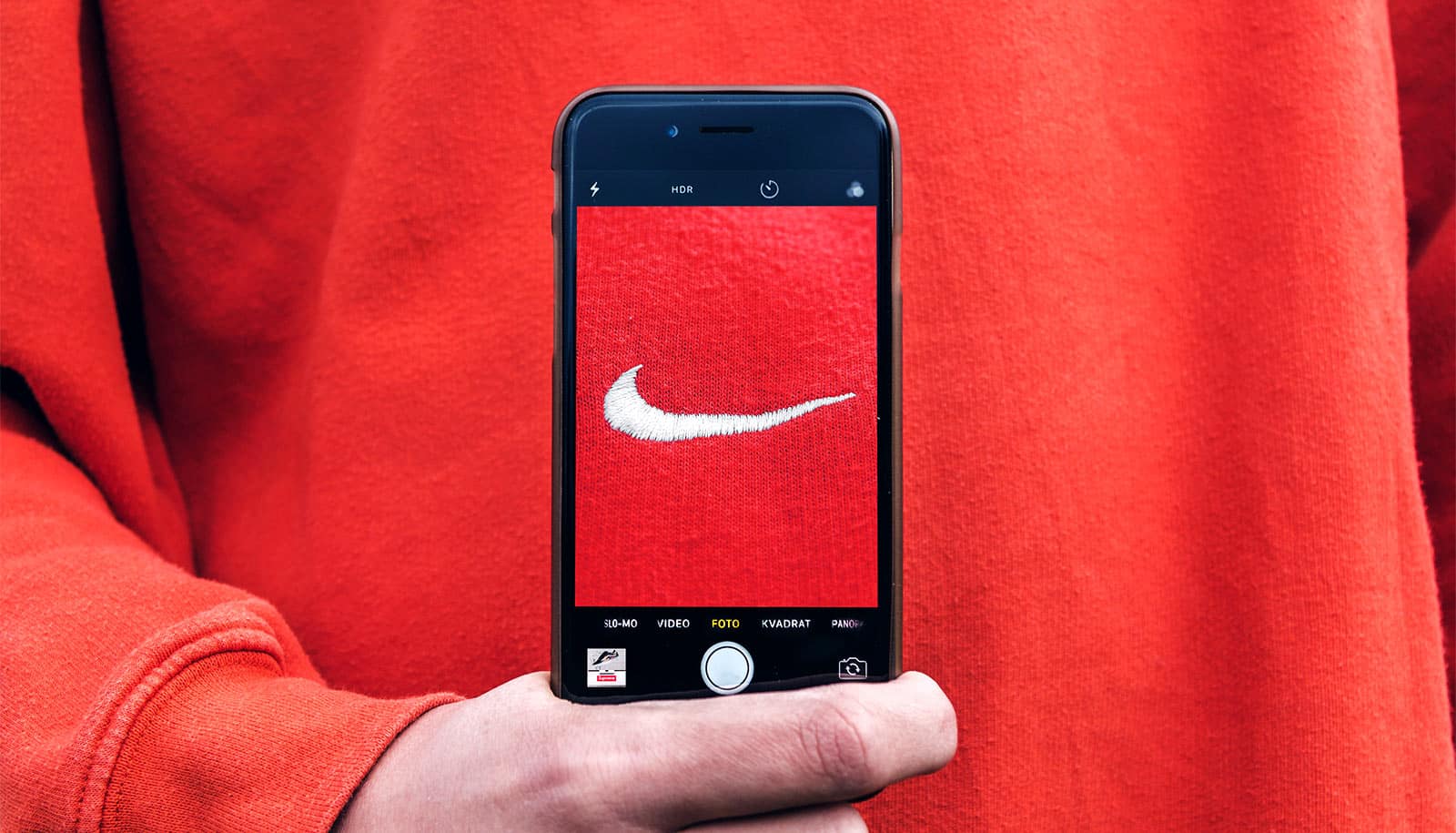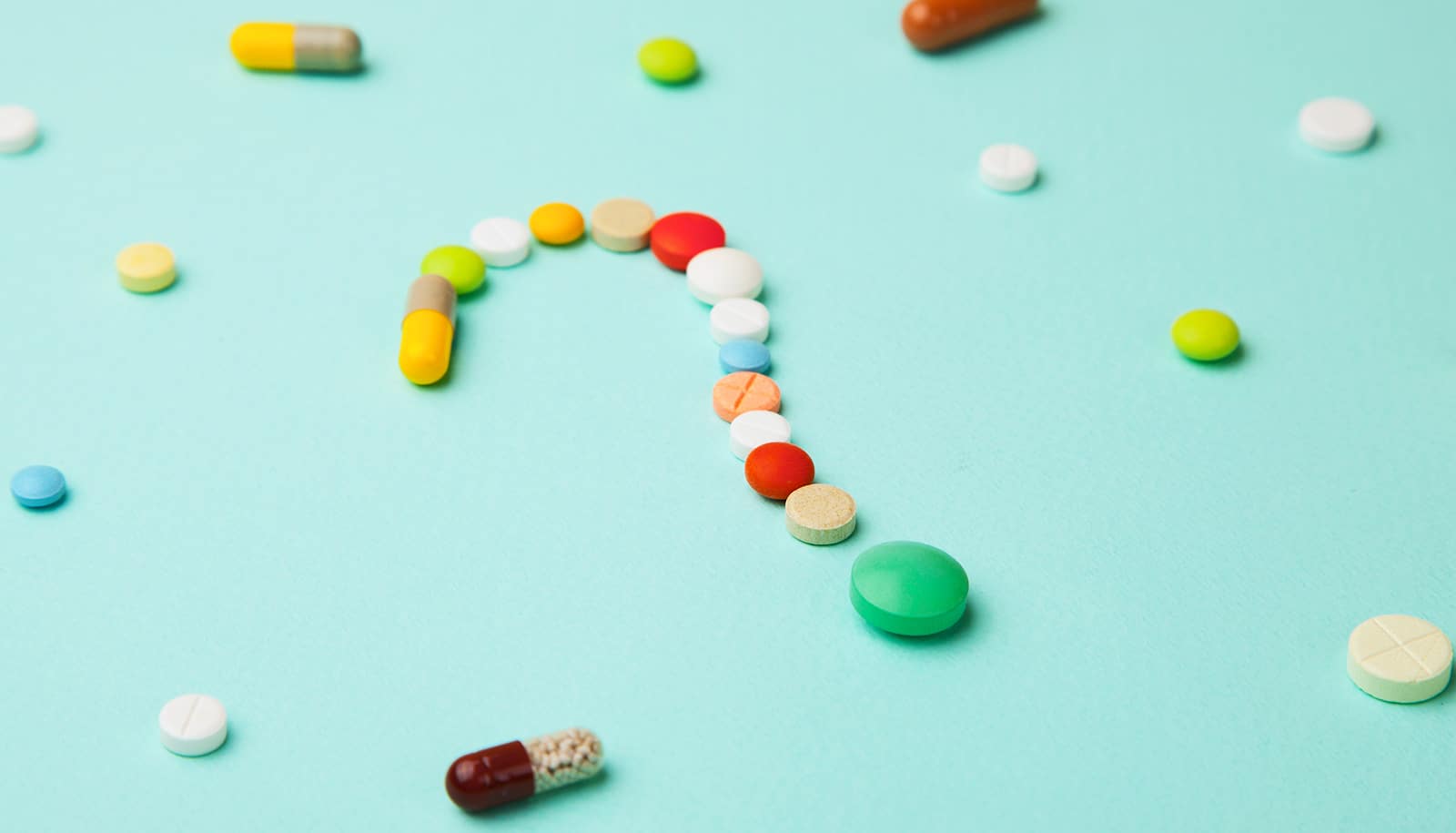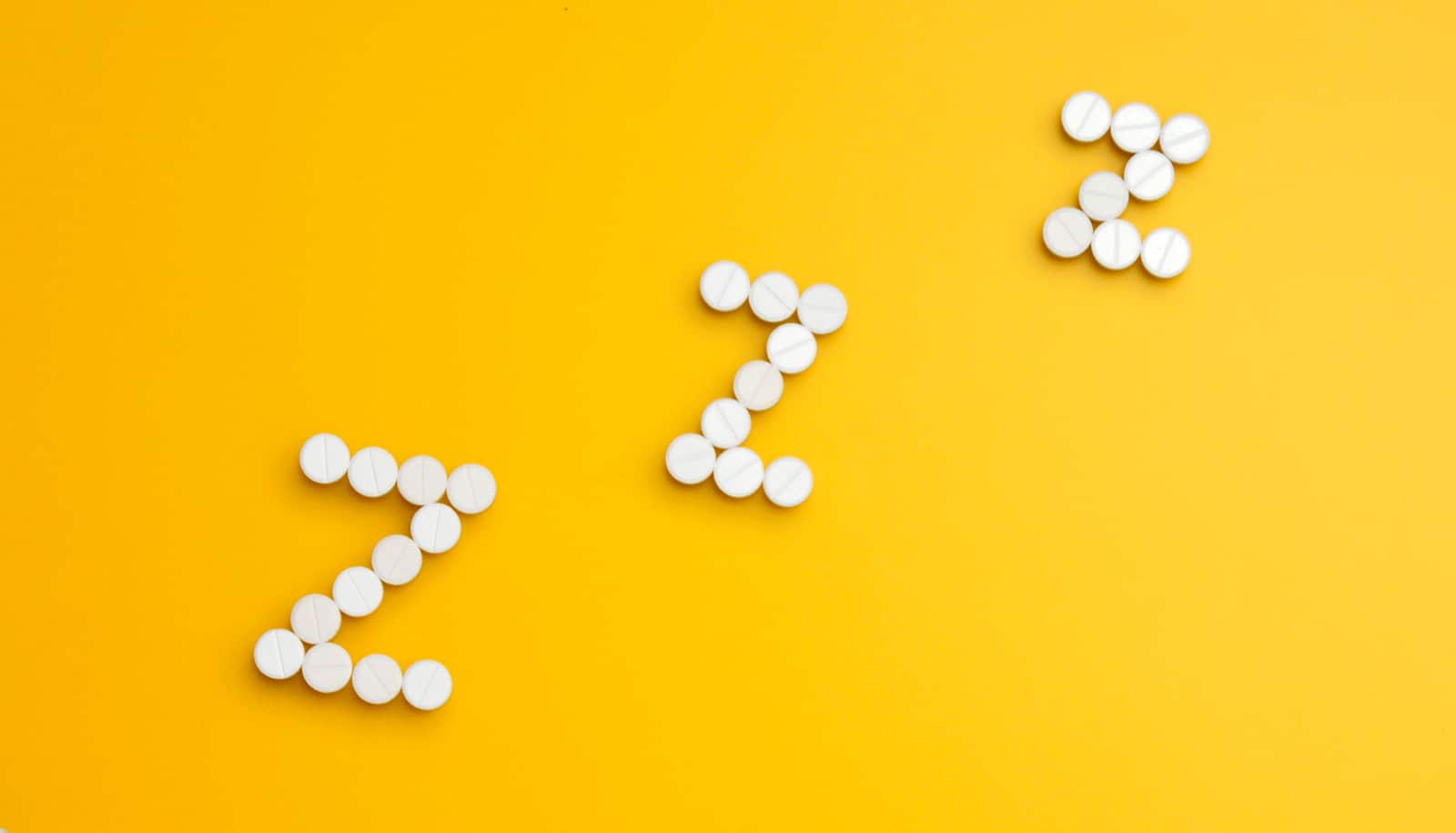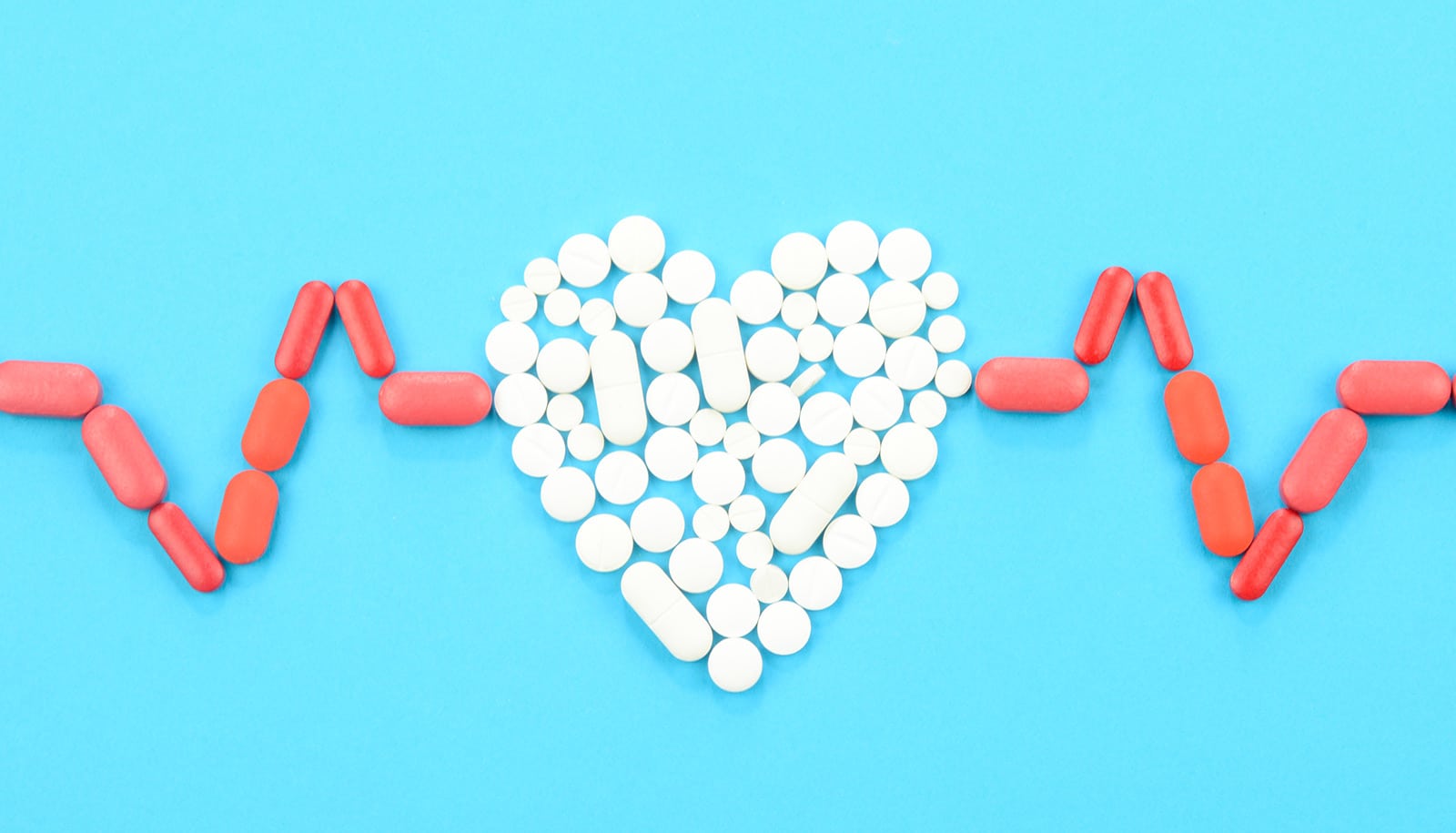Researchers have developed a 100 percent pirate-safe labeling system, where individual items receive a label, called a “tag,” that corresponds with a unique fingerprint.
The buyer of a new designer bag, watch, or other merchandise might later suspect or discover that it was a fake. More ominously, people die from counterfeit drugs on a daily basis. Globally, consumer counterfeit imports are worth just short of a half-a-trillion-dollars annually. The trade is growing, has spread to most industries, and counterfeiters always seem to be at least one step ahead of manufacturers. All that makes it tough for consumers to feel secure about their purchases.
“You can put it on a wine bottle, a gold watch, a painting—whatever.”
“You can put it on a wine bottle, a gold watch, a painting—whatever. The label needn’t be larger than a comma. And, it is impossible to copy because the probability that two items share the same fingerprint is nil,” says Thomas Just Sørensen, a researcher and associate professor from the University of Copenhagen who, along with his colleagues, has developed the anti-counterfeiting system that they confidently refer to as “the world’s safest.”
The fingerprint, or “tag,” consists of a bit of transparent ink containing various microparticles that researchers can spray on a bar code on paper, for example. The researchers based their system on PUF technology (physical unclonable function). Like a scattered handful of sand, the particles form a random, completely unique pattern of tiny white dots when applied. As there is no chance of creating identical patterns using this method, as it is impossible to copy.
Because the researchers can spray the ink over any type of bar code and onto many types of materials, the tags are inexpensive to mass produce. The system works in such a way that each product leaving a factory receives its own fingerprint, which then gets registered in a database.
“Today, consumers are not able to check for themselves whether an item is genuine or not.”
Counterfeit safety isn’t the only smart thing about this system. Purchasers can validate their product using an ordinary smartphone that, by way of an app, scans an item’s fingerprint and checks for a matching database image.
“When purchasing pharmaceuticals online, you have no way of knowing whether what you bought might have been produced in a Ghanaian sweatshop. Today, consumers are not able to check for themselves whether an item is genuine or not. They must trust every step of the production and supply chain. Our system provides every step in this process with equal access to the system,” says Sørensen.
The researchers tested the system by producing 9720 tags consisting of QR-codes they printed on plain paper and had sprayed with transparent ink. They photographed each tag with a mobile phone to create an image database. Then they scanned images with other mobile phones to see if they matched.
There were no false matchers in any of the test cases. There was a positive match in 76 percent of cases. In the remaining cases, the photo was either out of focus or the tag was dirty, thus requiring a new image before a match could be made. Software will remediate this error.
The researchers also tested the system together with companies that produce packaging and labels for everything from pain relievers and bottles of wine to sneakers and tins of biscuits.
The University of Copenhagen has taken out a patent on the system, which is now only missing the software component. The researchers expect the app to be completed over the course of the year.
A paper on the work appears in the journal ACS Applied Materials & Interfaces. The Villum Foundation and the University of Copenhagen’s Proof-of-Concept program supported the research.
Source: University of Copenhagen



